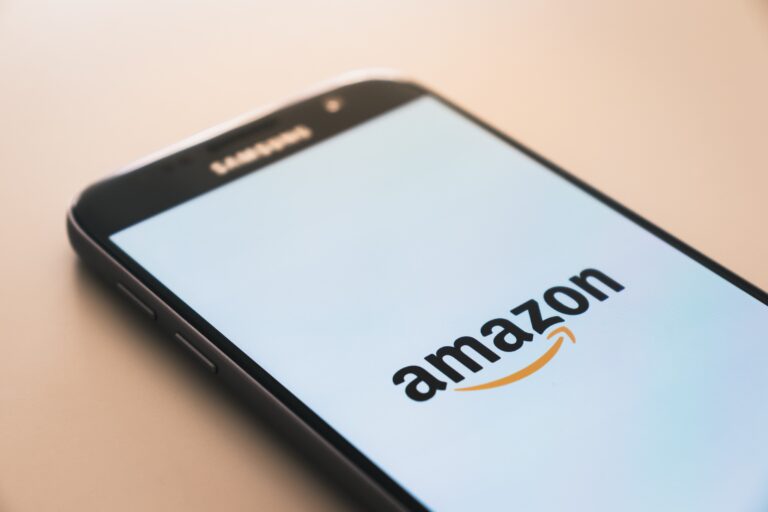By Cynthia Janelli
Prime Day is almost here! As a consumer, it’s exciting—we’re all wondering what will be the “hotpot” of this year? As a brand, it’s an opportunity—sure, Amazon might own Prime Day, but that doesn’t mean your brand can’t piggyback off the hype. Here are three ways you and your brand can walk away a winner during Prime Day even though you don’t retail your products on Amazon.
#1 – Lean into personalized offers and value-add services
As a brand, you have the luxury of first-party customer data at your fingertips. Tap into it and uncover what your customers are truly interested in, transform their real-time intent into personalized experiences, that offer up deals they won’t be able to pass up.
Give consumers a reason to shop with you that goes beyond convenience. Many are wary of the “deals” and reviews on third-party sites. As a brand, you have the upper hand of being “direct.” Offer value-added services like free tailoring, free returns, free shipping, etc. to consumers. These additions paired with personalized offers and the confidence that they are shopping direct — is something that Prime Day can’t compete with.
#2 – Play up the FOMO (Fear of Missing Out)
Having an adjacent plan for Prime Day is key to riding its coattails. Consumers are ready to shop — they’ve been waiting for this day. Think about an email program with tactical touches throughout the day that plays into consumer enthusiasm (i.e. “Check your email at noon for a deal you won’t want to miss”).
While it’s a FOMO play, it’s a surefire way to increase customer engagement. These promotions can be everything from an exclusive shopping event, only available to loyal customers, to post-Prime incentives that address missed out offers. But be careful, don’t play too hard into the FOMO deals. It can be easy to fall into a promotional spiral, and blanket discounts can backfire — doing so can erode your brand equity and ultimately, cheapen your product(s).
#3 – Nurture existing relations
Brands can’t afford to lose a customer right now — as customer acquisition budgets were slashed earlier this year. Nurture and grow customers through personalized experiences that build off past interactions and purchases as well as real-time intent and interest data.
In this climate, where loyalty is hard to come by and cancel culture is stronger than ever, brands must value and grow existing relationships.
With Prime Day right around the corner, you still have time to get a piece of the Prime pie. Take advantage of the building momentum and connect with consumers so they choose to give you their business.
About the author
Cynthia Janelli specializes in helping clients rapidly design, prototype and launch  transformational customer experiences. As Zeta’s GVP of Global Strategic Consulting, she helps clients envision and articulate “customer centric” as a business strategy and has an extensive track record of delivering measurable fact based incrementality to the C-Suite. Prior to Zeta, Cynthia has held business development roles at Acxiom, McCann Erikson and JWT.
transformational customer experiences. As Zeta’s GVP of Global Strategic Consulting, she helps clients envision and articulate “customer centric” as a business strategy and has an extensive track record of delivering measurable fact based incrementality to the C-Suite. Prior to Zeta, Cynthia has held business development roles at Acxiom, McCann Erikson and JWT.
Related Articles

7 Employee Benefits That Can Help Your Business Increase Staff Retention
With so many businesses vying for the attention of skilled job candidates, it’s becoming more important to look for ways to make your offerings more appealing by adding unique perks that not every employer does.

How Retailers Can Prepare for the Summer 2025 Shift
Rather than focusing on isolated touchpoints or departmental KPIs, journey management provides a way to understand where the most critical pain points lie and how to resolve them systematically across the business.

Retailers Are Drowning in Data – Journey Management Could Be the Lifeline
Rather than focusing on isolated touchpoints or departmental KPIs, journey management provides a way to understand where the most critical pain points lie and how to resolve them systematically across the business.

How Entertainment is Shaping the Future of Retail Spaces
The traditional retail anchor is being redefined. Large department stores once dominated most shopping centers. Now, concepts like food halls, upscale restaurants, immersive cinema experiences and gaming venues are taking center stage.



 for the latest news and job opportunities in retail tech
for the latest news and job opportunities in retail tech 